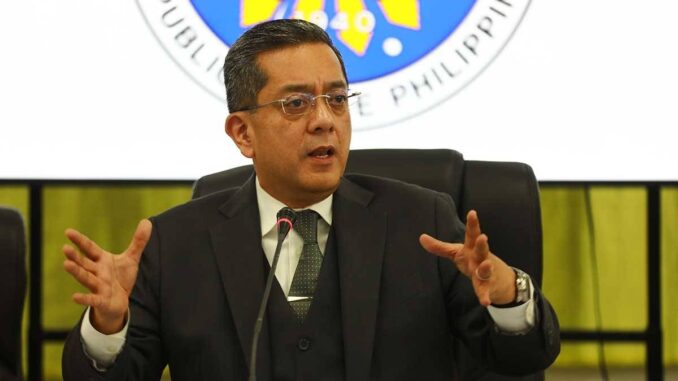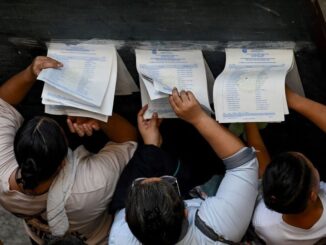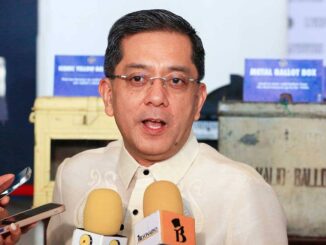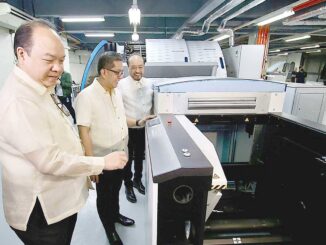
THE budget of the Commission on Elections (Comelec) for the “superelection year” 2025 is P14 billion less than the poll body proposed.
In the budget deliberations at the House of Representatives (HoR) on Tuesday, Comelec Chairman George Garcia said that Comelec “is preparing for next year’s superelection year.”
Garcia said the country would hold national and local elections and the first Bangsamoro parliamentary polls simultaneously in May 2025, and later in the year, it will hold BSK or Barangay (village) and Sangguniang Kabataan (SK or youth council) polls.
Comelec Chairman George Garcia
Data cited during the House Committee on Appropriations’ budget deliberations indicated that the Comelec proposed a P49.7 billion.
But in the National Expenditure Program (NEP) for 2025 submitted by the executive branch to the HoR, the allocation for the poll body was only P35.47 billion or a cut of about P14 billion, including the P3.062 billion for the National and Local Elections.
“The P3 billion for the National and Local Elections that we lost is a big amount that includes, Your Honors, the training of our more than 300,000 teachers who will serve in the coming elections of 2015,” Garcia said in Filipino.
In the NEP, P1.241 billion was allocated for command conferences and training of poll workers.
Also, Garcia said teachers would receive an additional P2,000 across the board for their election services.
In the NEP, P11.59 billion was allocated for the BSKE. The Comelec had proposed P19.89 billion.
For overseas voting, Comelec had proposed P473.49 million. The allocation for overseas voting in the NEP was P111.91 million.
Garcia said they would be glad if the proposed budget would be restored but said the poll body would not insist on it to avoid putting pressure on the Committee on Appropriations.
However, Garcia told the committee that under the NEP, there would be no additional P2,000 for teachers for the 2025 BSKE, as the item was part of the P11 billion that was stricken out.
The House Committee on Appropriations is conducting budget deliberations to craft the General Appropriations Bill for 2025.
Only 104K ACMs
Meanwhile, Comelec has decided to reduce the number of precincts in the 2025 mid-term polls due to budgetary constraints, which is only enough for the lease of 110,000 automated counting machines (ACMs).
Garcia disclosed that for 2025, the number of precincts is supposed to be 128,000 based on Comelec’s projected 3-million increase in the number of voters in the midterm polls, or from 68 million to 71 million.
But the number was reduced to 104,000 precincts after they learned that their budget for 2024 had been reduced by P5 billion or from P27 billion to P22 billion.
The reduced budget, Garcia said, forced the Comelec to reduce the number of new automated counting machines to 110,000 that they leased for P17.9 billion from Miru Systems of South Korea.
“Because we have only a small budget, the number of [counting] machines depends on the budget given to us. That is why we waited for our approved 2024 budget, and when we learned that from P27 billion, it was reduced to P22 billion, we decided to reduce the number of precincts,” he said.
Of the 110,000 ACMs, Garcia said, only 104,000 would be used in the 2025 polls on a one-machine-per-precinct basis, while the excess 6,000 would be used as contingency machines to replace those that would break or conk out on election day.
Reducing the number of precincts, Garcia pointed out, would definitely affect the conduct of elections because, with 21,000 precincts less, longer lines were to be expected in many clustered precincts.
He gave assurances that Comelec is ready for any contingency on election day, saying that Miru Systems would put up 110 repair hubs across the country or one or more for each of the 77 provinces.
WITH A REPORT FROM WILLIAM B. DEPASUPIL





Be the first to comment